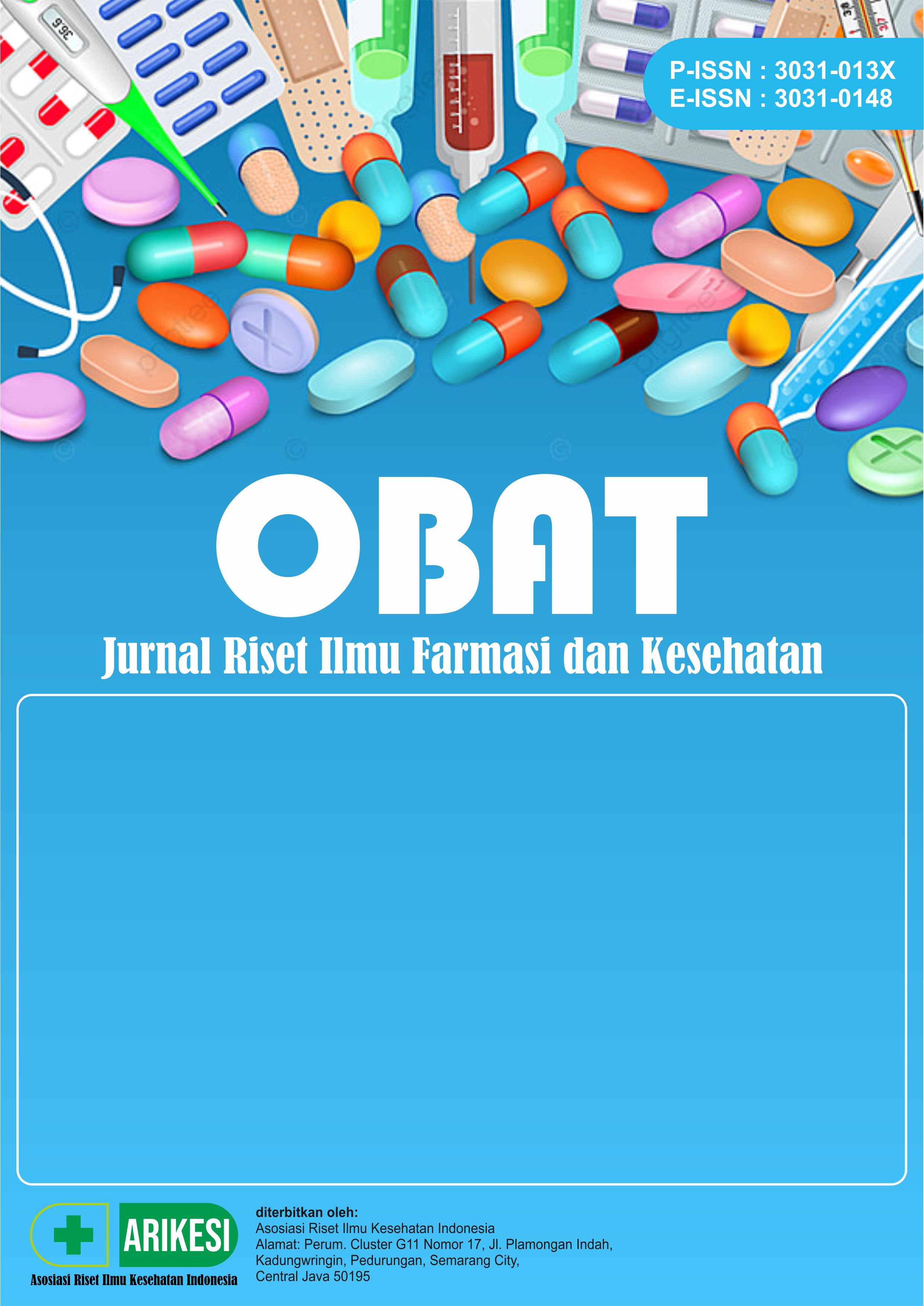Applications of Nanotechnology in Green Chemistry
DOI:
https://doi.org/10.61132/obat.v3i4.1495Keywords:
Nanotechnology, Nanoparticles, Laser AblationAbstract
Nanotechnology is the science of present and future, it has different physical, chemical, biological preparation methods, it has many applications in green chemistry, agriculture, industry, electronics, environmental pollution. Gold, silver, zinc oxide and titanium dioxide nanoparticles are among most important particles that have many advantages and uses.
Downloads
References
Al-Dabbagh, A. G. A., Mohammed, Z. D., & Zaki, M. (2023). Nanotechnology applications in treatment of parasitic diseases. NTU Journal of Pure Sciences, 2(2), 1–5.
Al-Khayyat, M. Z., Ameen, A. G., & Hamid, N. T. (2025). Insights on the antibacterial activities of nanoparticles. NTU Journal of Pure Sciences, 4(1), 26–30.
Ameen, A. G. (2022). Nanotechnology: The science of present and future. NTU Journal of Pure Sciences, Mosul, Iraq.
Cai, W., Gao, T., Hong, H., & Sun, J. (2008). Applications of gold nanoparticles in cancer nanotechnology. Nanotechnology, Science and Applications, 1, 17–32.
Cristina, B. A., Le, D. T., & Nguyen, T. K. T. (2010). Synthesis of nanoparticles for biomedical applications. (Publisher/journal name not provided — mohon dilengkapi jika tersedia).
Ghosh, S. K., & Pal, T. (2017). Interparticle coupling effect on the surface plasmon resonance of gold nanoparticles: From therapy to applications. Chemical Reviews, 107(11), 4797–4862.
Hari, S. (2020). Biosynthesis of nanoparticles from microorganisms. Research Journal of Pharmacy and Technology, 13(4), 2024–2028.
Huston, M., DeBella, M., DiBella, M., & Gupta, A. (2021). Green synthesis of nanomaterials. Nanomaterials, 11, 2130.
Li, N., Zhao, P., & Astruc, D. (2014). Anisotropic gold nanoparticles: Synthesis, properties, applications and toxicity. Angewandte Chemie International Edition, 53, 1756–1789. https://doi.org/10.1002/anie.201300441
Lundqvist, M., Stigler, J., Elia, G., Lynch, I., Cedervall, T., & Dawson, K. A. (2008). Nanoparticle size and surface properties determine the protein corona with possible implications for biological impacts. Proceedings of the National Academy of Sciences, 105(38), 14265–14270.
Patra, J. K., & Baek, K. H. (2014). Green nanobiotechnology: Factors affecting synthesis and characterization techniques. Journal of Nanomaterials, 2014, Article ID 417305, 12 pages. https://doi.org/10.1155/2014/417305
Rathod, S., Preetam, S., Pandey, C., & Bera, S. P. (2024). Exploring synthesis and applications of green nanoparticles and the role of nanotechnology in wastewater treatment. Biotechnology Reports, 41, e00830.
Sameeh, M. Y. (2023). An overview of nanoparticles from medicinal plants: Synthesis, characterization and bio-applications. Advances in Bioscience and Biotechnology, 14, 439–455.
Schaefer, J., Schulze, C., Marxer, E. E. J., & Iethr, C. M. (2012). Atomic force microscopy and analytical ultracentrifugation for probing nanomaterials–protein interactions. ACS Nano, 6(6), 4603–4614.
Tran, Q. H., Van Quy, N., & Le, A. T. (2013). Silver nanoparticles: Synthesis, properties, toxicology, applications and perspectives. Advances in Natural Sciences: Nanoscience and Nanotechnology, 4, 1–21.
Van Kan‐Davelaar, H. E., Van Hest, J. C. M., Cornelissen, J. J. L. M., & Koay, M. S. T. (2014). Using viruses as nanomedicines. British Journal of Pharmacology, 171(17), 4001–4009.
Verma, A., Gautam, S. P., Bansal, K. K., Prabhakar, N., & Rosenholm, J. M. (2019). Green nanotechnology: Advancement in phytoformulation research. Medicines, 6, 39.
Downloads
Published
How to Cite
Issue
Section
License
Copyright (c) 2025 OBAT: Jurnal Riset Ilmu Farmasi dan Kesehatan

This work is licensed under a Creative Commons Attribution-ShareAlike 4.0 International License.





